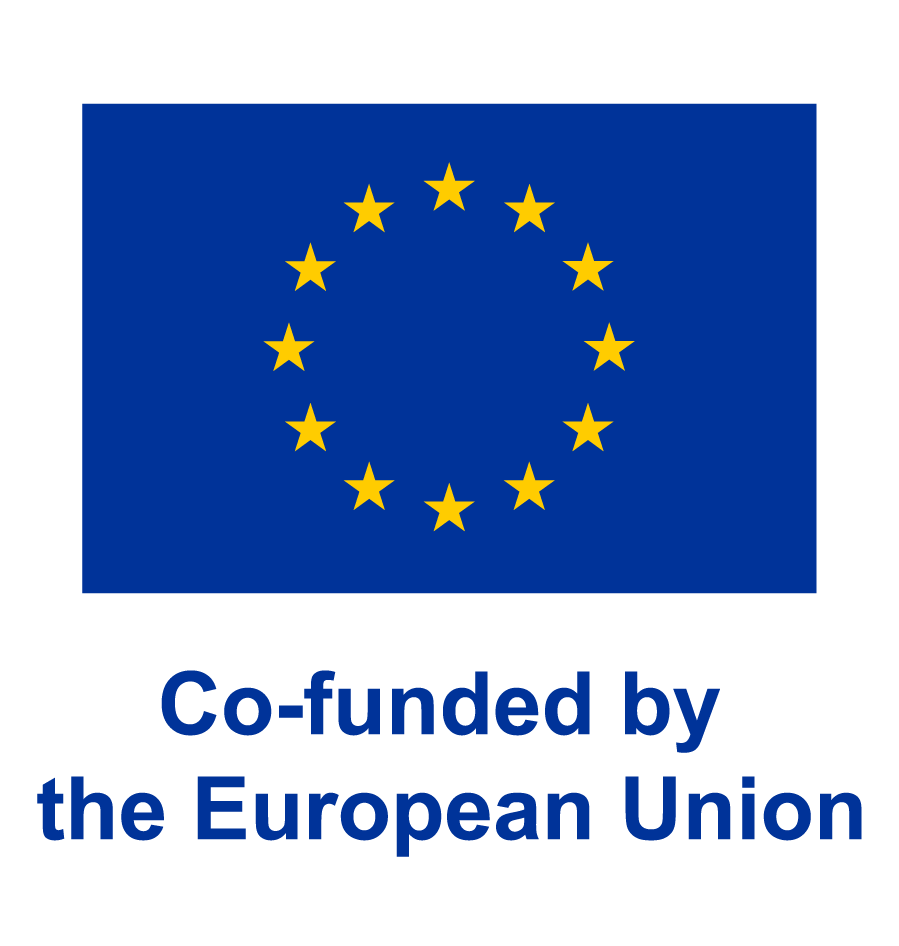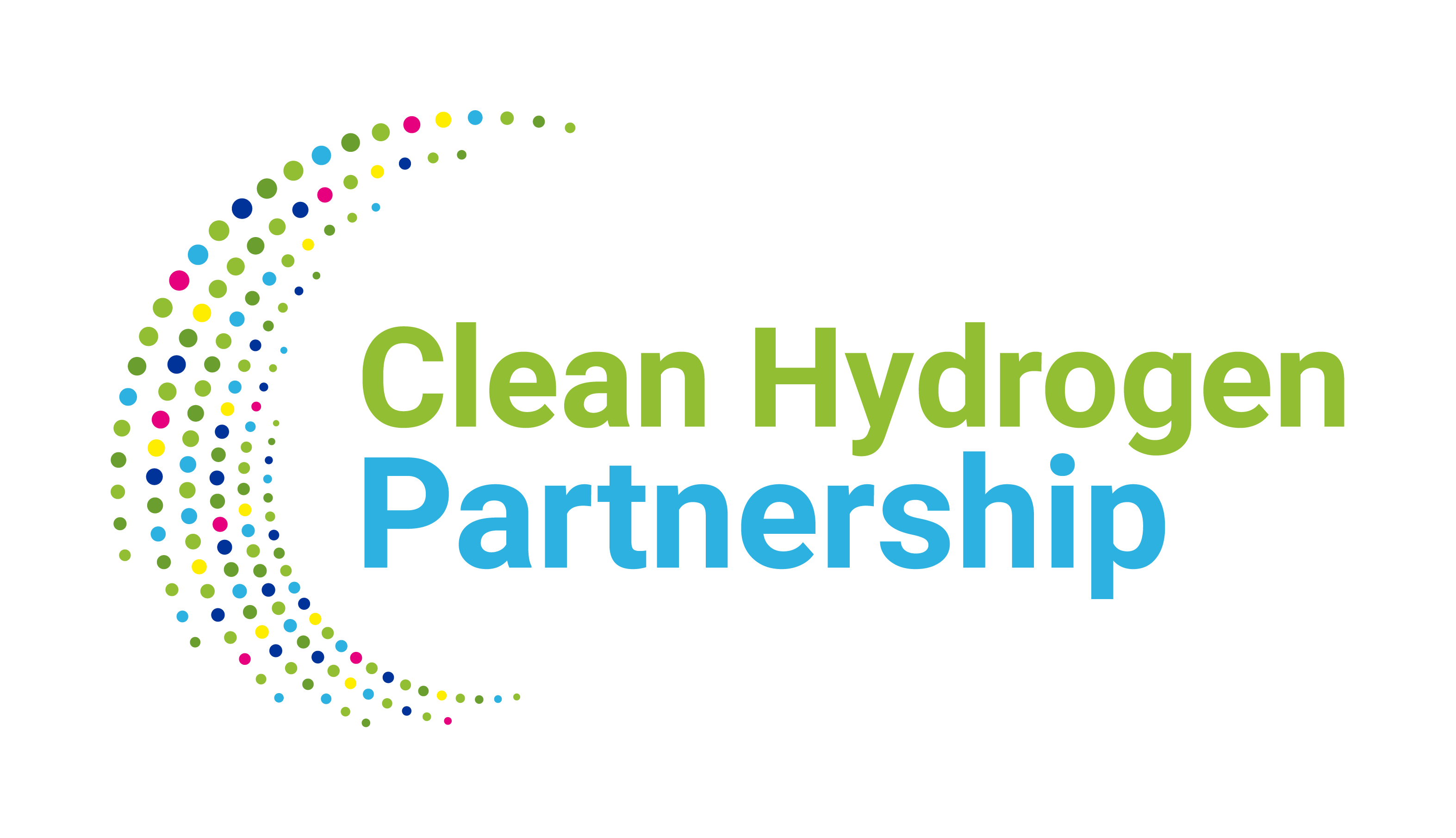OVERALL AMBITION
In order to meet the increasing demand to reduce fuel consumption, Green House Gas emissions as well as operating and maintenance costs, while optimising aircraft performances, fuel cell systems are considered as one of the best options for efficient power generation systems in the context of more electric aircraft (MEA).
FLHYSAFE’s ambition is thus to demonstrate that a cost efficient modular fuel cell system can replace the most critical safety systems and be used as an emergency power unit (EPU) aboard a commercial airplane providing enhanced safety functionalities.
Additionally, the project will virtually demonstrate that the system is able to be integrated into current aircraft designs respecting both installation volumes and maintenance constraints.
In order to shift from demonstrator levels (achieved in other projects), to the ready-to-certify product level, it is necessary to optimise the different components of the fuel cell system to reduce its weight, increase its lifetime, ensure its reliability, certify its safety and make its costs compatible with market requirements.
FLHYSAFE will propose fuel cell technologies using PEM (Proton Exchange Membrane) fuel cell stacks, more integrated power converters and air bearing compressors. Thanks to the experience of the participants in previous projects, the necessary tests will be carried out in order to demonstrate compatibility to representative environment and safety levels.
To ensure a smooth transition to exploitation, including certification, FLHYSAFE‘s objective is to conclude the project with a maturity level of TRL 5 for the components of the sub-system, and partially TRL 6 at system level starting with available technologies at TRL 3 and TRL 4.









